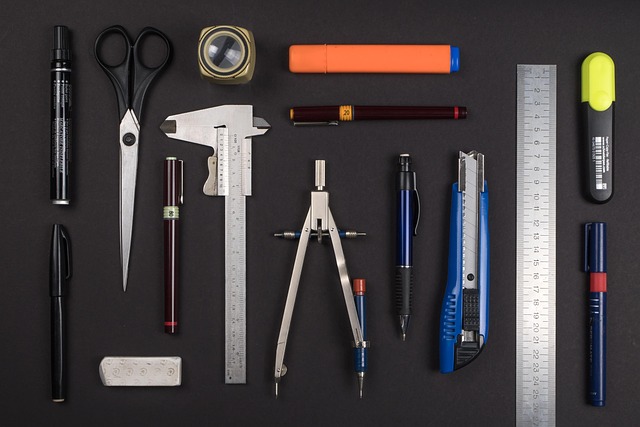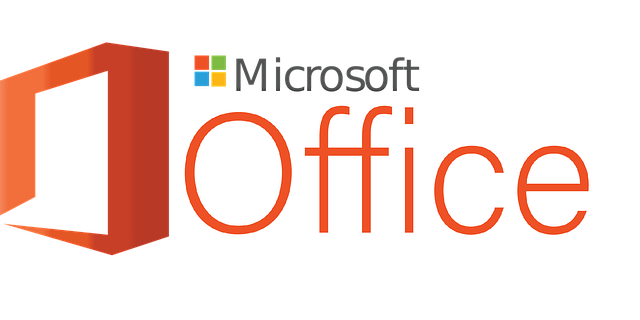Real estate developers are revolutionizing office spaces by creating flexible, collaborative environments that prioritize teamwork and creativity. Modern offices feature open layouts, modular furniture, and integrated technology to accommodate diverse work styles. This shift from traditional cubicles promotes flexibility, accessibility, and community, enhancing productivity and innovation. By incorporating various collaborative spaces and smart tech, real estate developers are transforming properties into hubs that facilitate interaction, optimize space, and cater to individual employee needs.
In today’s dynamic work environment, flexible layouts are transforming real estate landscapes. Organizations increasingly recognize the importance of collaboration spaces that adapt to diverse team dynamics and workstyles. This article explores how innovative design and strategic implementation can maximize productivity and creativity through adaptive environments. We delve into understanding modern collaboration spaces, designing flexible layouts tailored to varied needs, and optimizing these spaces for optimal performance, all while leveraging real estate as a strategic asset.
Understanding Modern Collaboration Spaces: The Evolving Real Estate Landscape

In today’s dynamic work environment, understanding modern collaboration spaces is paramount. The real estate landscape is evolving rapidly to accommodate shifting workplace needs, particularly those that foster teamwork and creativity. Flexible layouts, characterized by open areas, modular furniture, and integrated technology, are increasingly preferred. These designs enable teams to reconfigure spaces for various activities—from informal brainstorming sessions to structured meetings or focused individual work.
This shift reflects a broader trend in real estate where properties are no longer solely defined by traditional office cubicles or conference rooms. Instead, developers and designers are creating environments that prioritize flexibility, accessibility, and a sense of community. As such, collaboration spaces are becoming more than just physical areas; they are designed to enhance productivity, stimulate innovation, and cater to the diverse ways people work in modern organizations.
Designing Flexible Layouts: Fitting Diverse Team Dynamics and Workstyles

Designing flexible layouts is crucial in today’s dynamic work environment where team dynamics and workstyles vary greatly. Unlike traditional real estate planning that focuses on fixed desks, modern offices are incorporating more collaborative spaces. These can include open plan areas with high-tables for spontaneous brainstorming sessions, private booths for focused individual work, and dedicated meeting rooms for structured team meetings. By offering a mix of these options, workplaces cater to diverse preferences and tasks, fostering a productive environment that accommodates all.
Such layouts enable teams to choose settings that align with their specific needs. For instance, developers might opt for high-table spaces to encourage rapid idea sharing, while writers may prefer quiet booths to minimize distractions. This flexibility not only enhances collaboration but also improves employee satisfaction by providing control over their immediate work environment.
Implementing and Optimizing: Strategies for Maximizing Collaboration through Adaptive Environments

In the realm of modern real estate, designing flexible layouts is a game-changer for fostering collaboration and enhancing productivity. Adaptive environments that accommodate changing team dynamics and project requirements are becoming increasingly vital. One key strategy involves incorporating modular furniture and reconfigurable spaces, enabling quick adjustments to meet diverse needs. For instance, open-plan areas can be subdivided using mobile partitions or reconfigured as needed for team meetings, brainstorming sessions, or focused work.
Additionally, integrating technology enhances collaboration by facilitating seamless communication and resource sharing. Smart infrastructure, such as interactive displays and wireless connectivity, allows teams to connect and collaborate in real time. Optimizing space allocation through these strategies not only maximizes the use of physical assets but also creates an environment that encourages interaction, innovation, and a culture of collaboration within the workplace.






